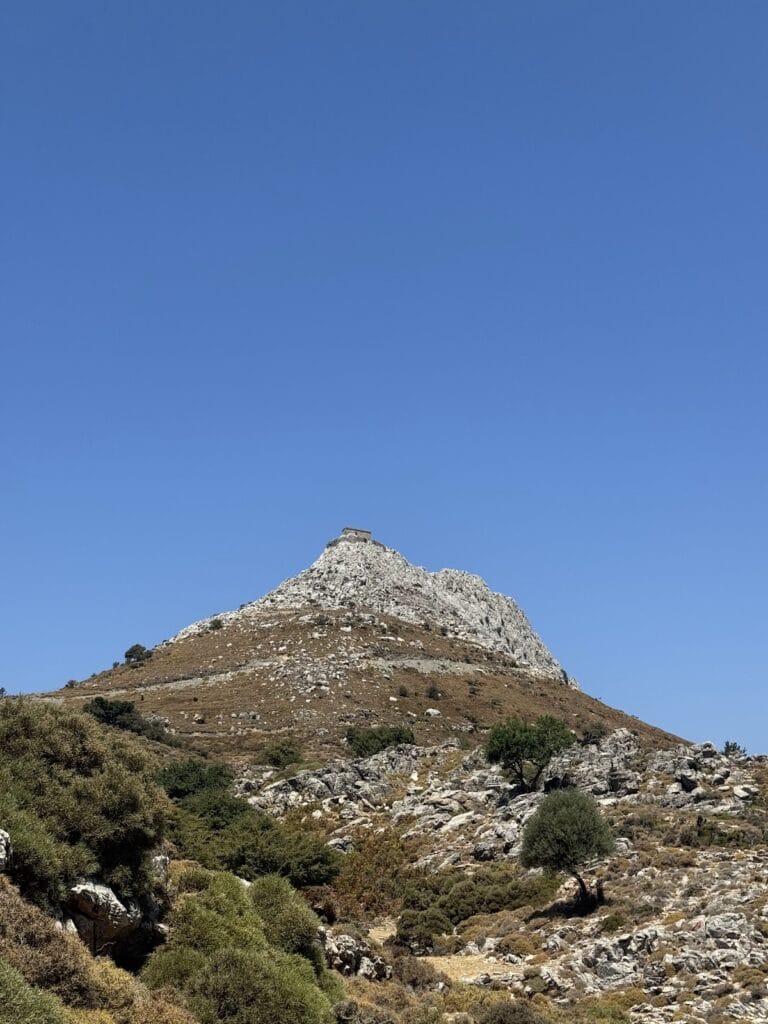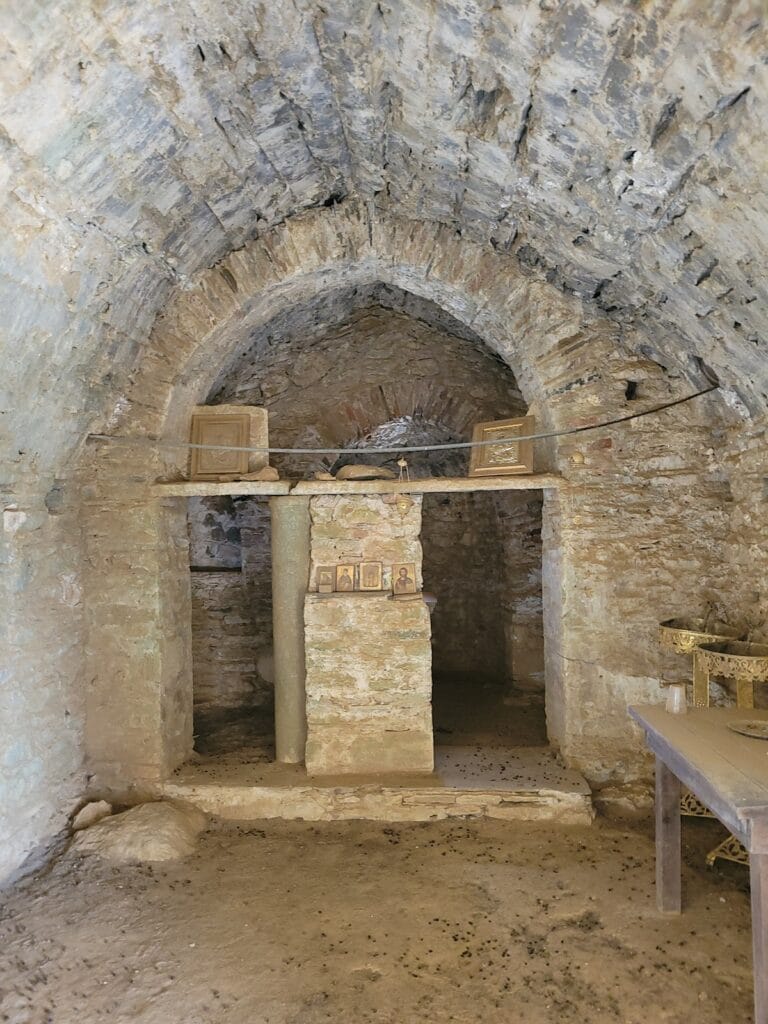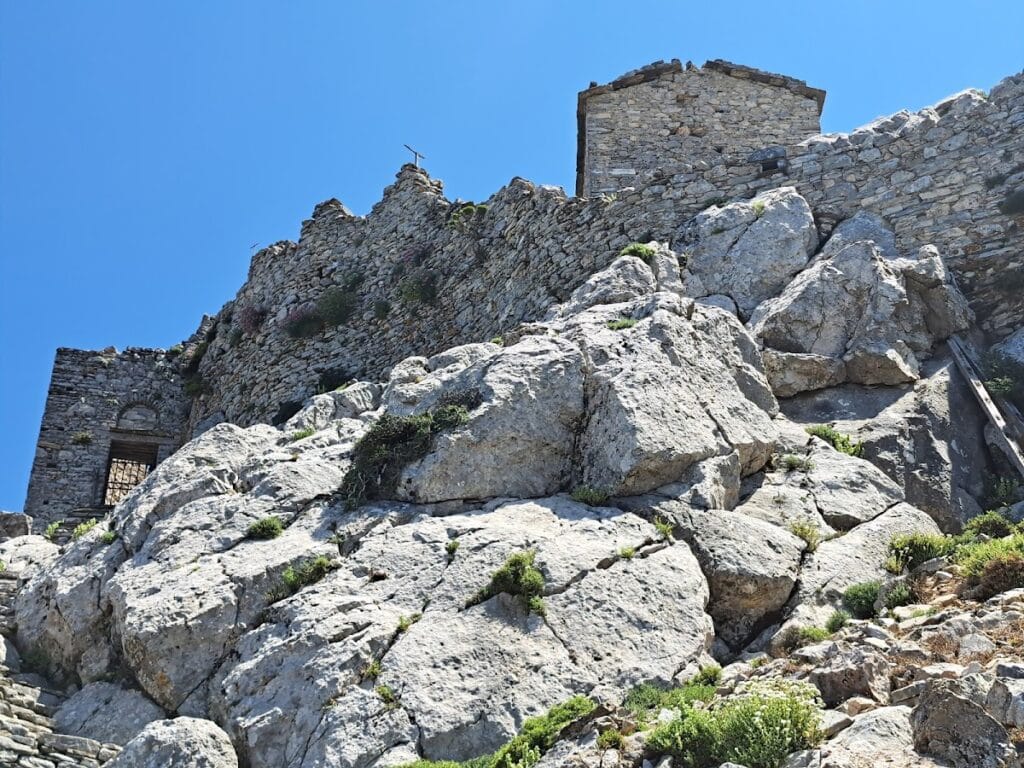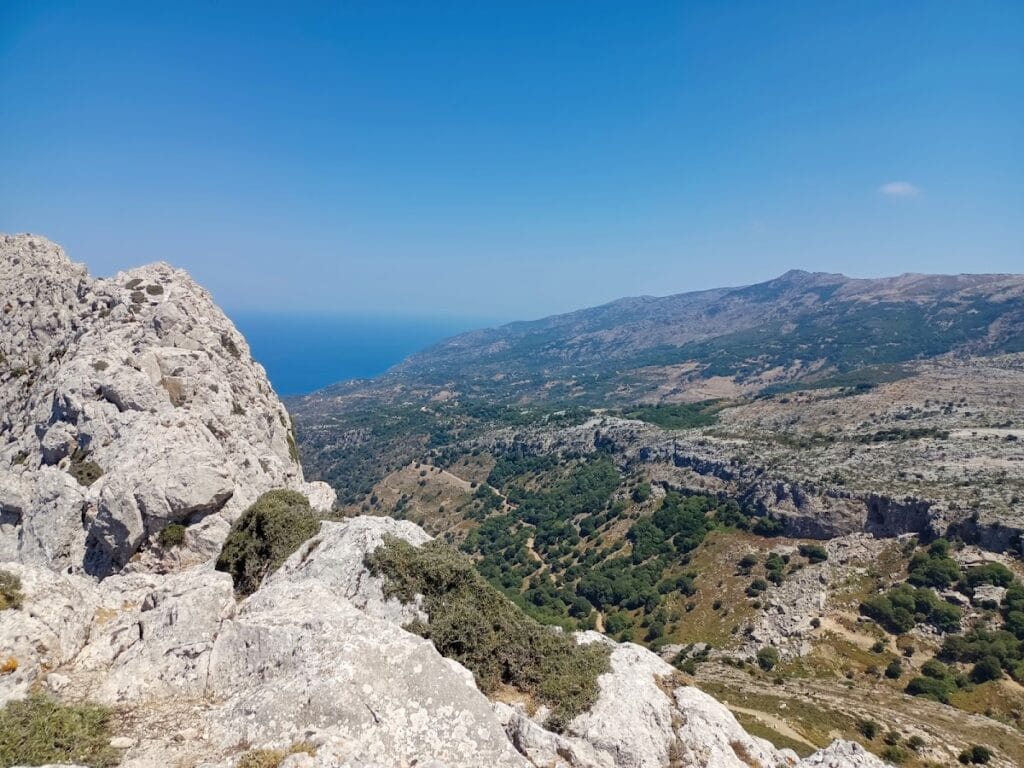Castle of Koskina: A Byzantine and Medieval Fortress in Ikaria, Greece
Visitor Information
Google Rating: 4.8
Popularity: Very Low
Google Maps: View on Google Maps
Country: Greece
Civilization: Unclassified
Remains: Military
History
The Castle of Koskina, situated near the village of Kosoikia within the municipality of Evdilos in Greece, was built by the Byzantines during the 10th century. Positioned on the peak of Mount Koskinas, this fortress was strategically established to house a small military garrison tasked with overseeing the surrounding land and sea routes, capitalizing on its commanding views of the area.
During the period of Genoese control over Ikaria, from 1362 until 1481, the castle underwent significant reinforcement to strengthen its defenses. This phase of fortification reflects the Genoese efforts to secure their hold on the island and maintain dominance over maritime passages in the region. However, once the Genoese retreated to the nearby island of Chios, the castle was left abandoned.
Following the Genoese departure, authority over Ikaria passed to the Knights of St. John of Rhodes, who maintained control until the mid-1500s. Subsequently, the Ottoman Empire took possession of the island and its fortifications. Throughout these changes in rulership, the castle remained a notable landmark, its history echoed in local legend and medieval folk traditions. One such tradition, the “riva of the Castle of Nikaria,” recalls the Genoese siege and capture of the island’s fortresses. Local stories also emphasize the fortress’s reputation for being impregnable aside from a single instance of betrayal that led to its downfall.
Remains
Today, the Castle of Koskina stands in a fragmented state with parts of its original defensive wall still encircling the hilltop on which it was built. Access enters through a northern gate, indicating the castle’s controlled points of entry. The layout reveals its original purpose as a military lookout, designed to command wide-ranging views of the surrounding terrain and coastline.
Within the castle’s enclosure is the Church of Saint George of Dorganas. This religious building integrates columns salvaged from ancient structures, revealing a layered history where earlier materials were repurposed. The church remains an important element of the site and continues to hold religious significance, particularly during the annual celebration of Saint George’s feast day.
Down the gentle slope to the northwest of the castle, archaeological remains of a settlement are preserved, suggesting a small community likely supporting the fortress’s military function. The combination of the fortified walls, the church with ancient architectural elements, and the adjacent settlement evidences a site that served both defensive and communal roles during its active use.






